Our Stories
Recent Articles
History & Discoveries
Peeking Through the Draperies of National Statuary Hall
A short history of this significant space's special fabric.
History & Discoveries
Capitol Lyrics: "America the Beautiful"
The lyrics of this patriotic song are found easily at the U.S. Capitol.
History & Discoveries
A Hallowed Figure in American Art and Culture: the Bald Eagle
The bald eagle is painted, sculpted and carved throughout the Capitol campus. Its white head, wide wingspan and gnarled talons are ubiquitous.
History & Discoveries
Unearthing Capitol Hill's Buried History
Visit Congressional Cemetery and discover the many connections the Architect of the Capitol has to this hallowed ground.
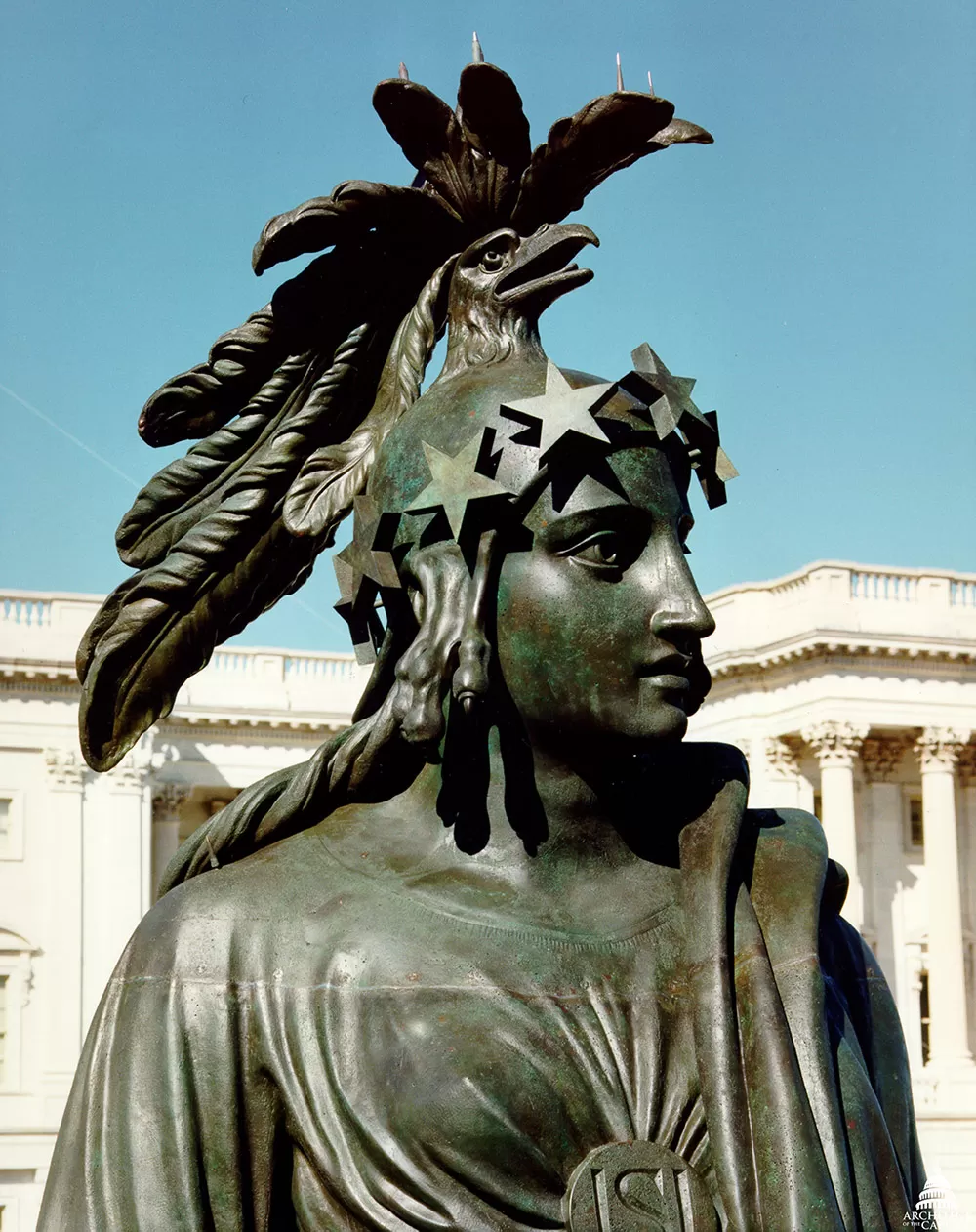
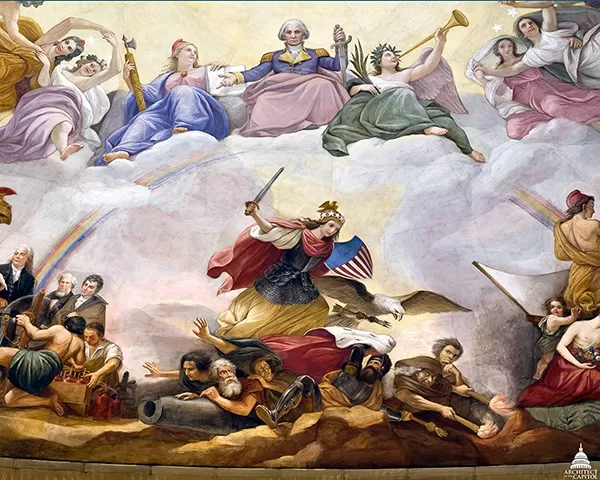
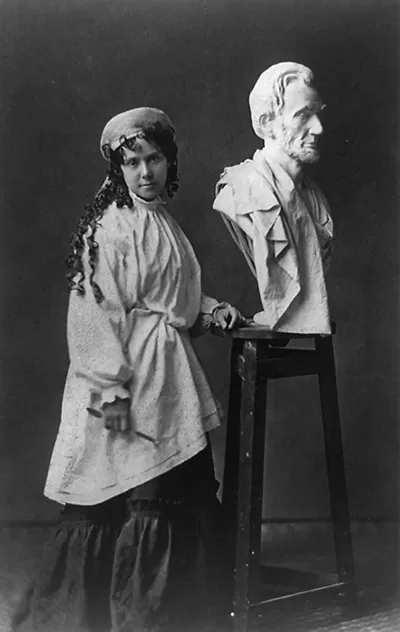
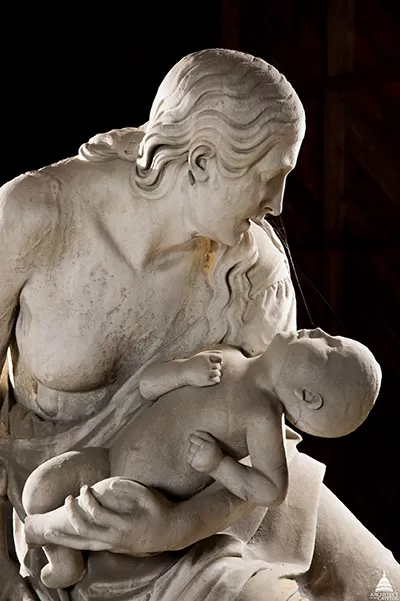
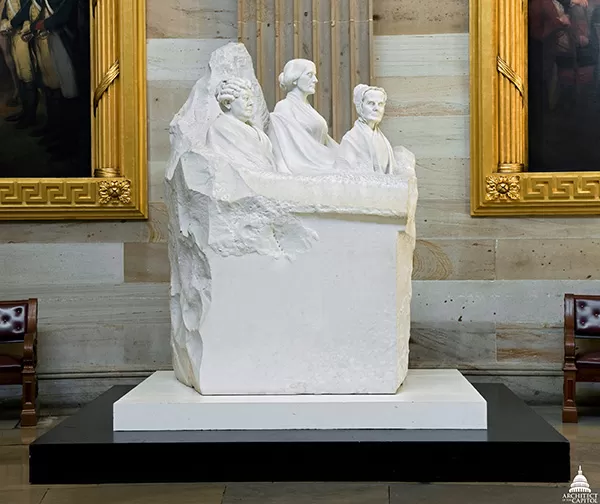
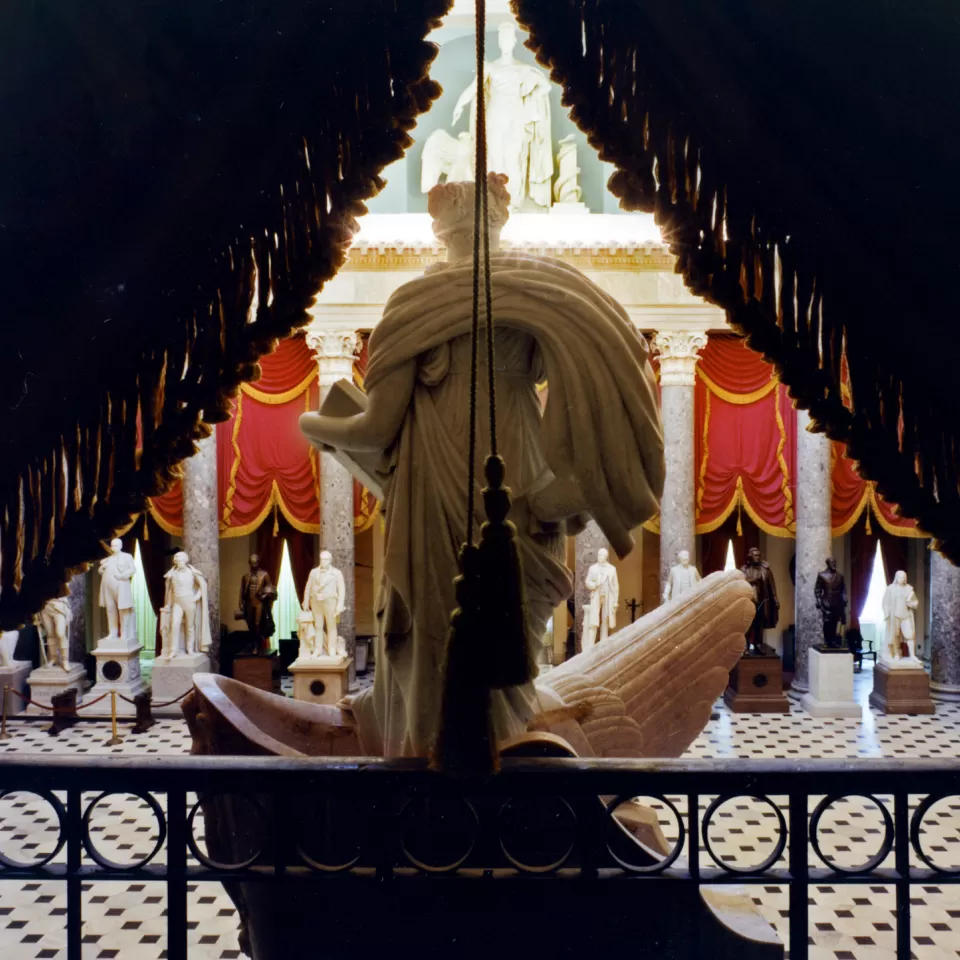
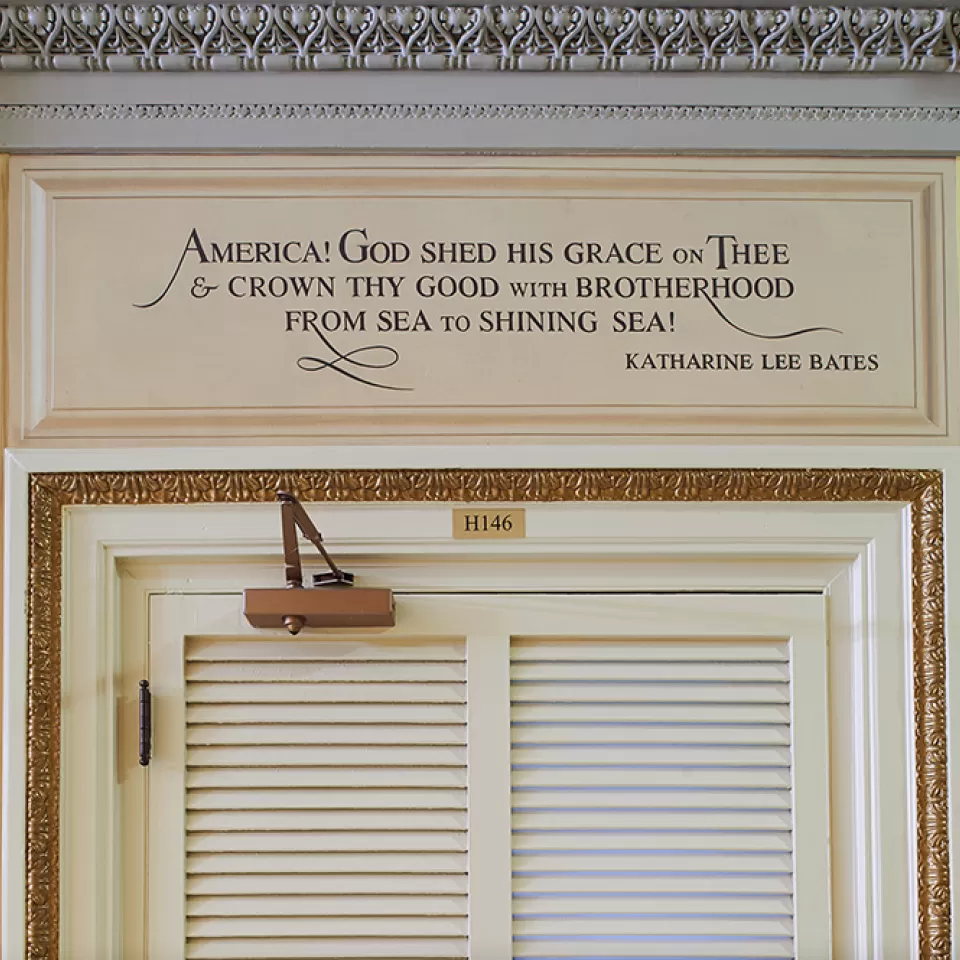
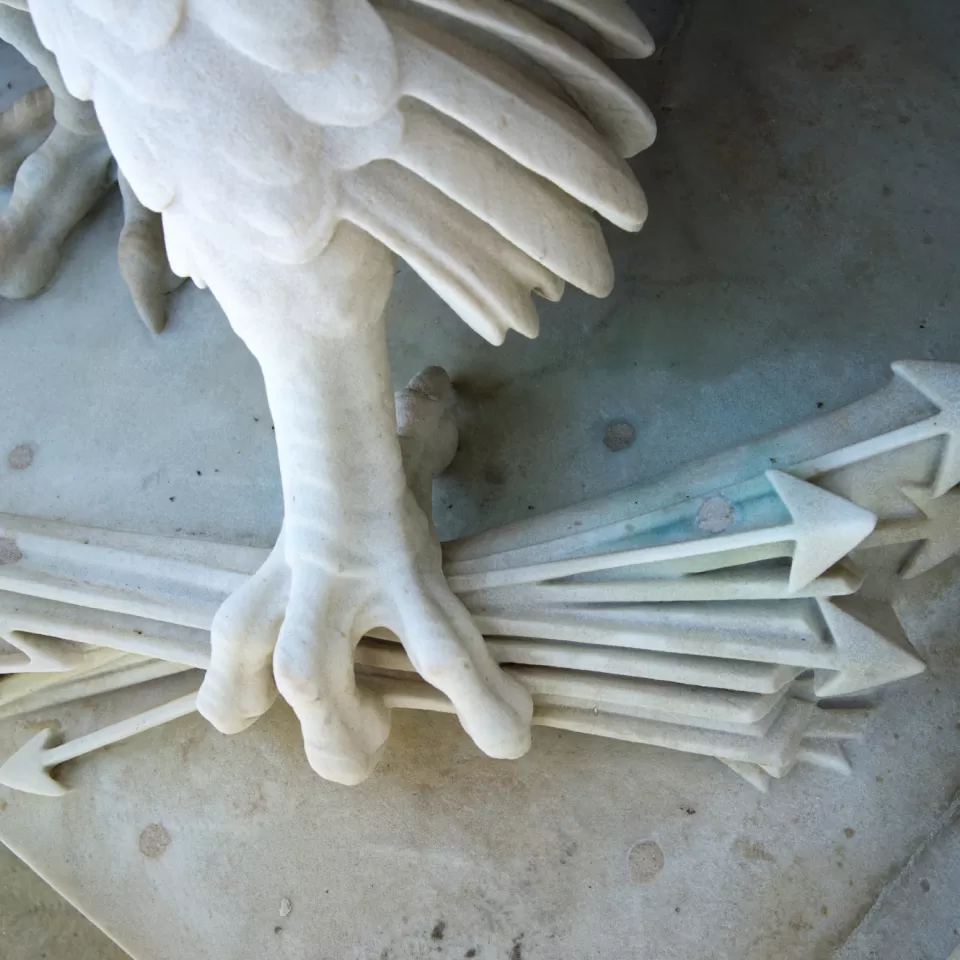
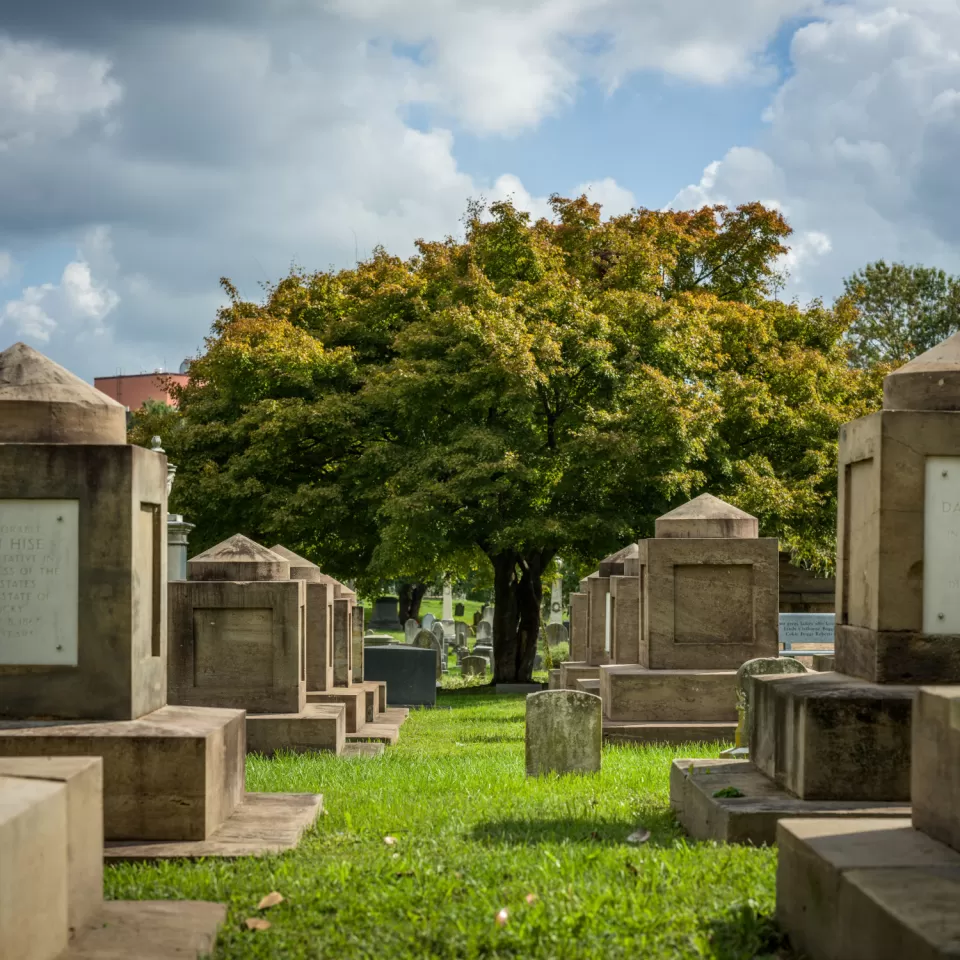
Comments
Thanks for explaining many terms such as allegories, and the role of woman in Capitol Art. I am writing a book about the Statue of Freedom and will go more into depth with Thomas Crawford and the times when the statue was designed and placed on the Dome. A US Capitol Fellowship allowed for in depth time to research in the Curators office and Library of Congress.
Thank you, Michelle.
Great article. Learned a lot.
Add new comment